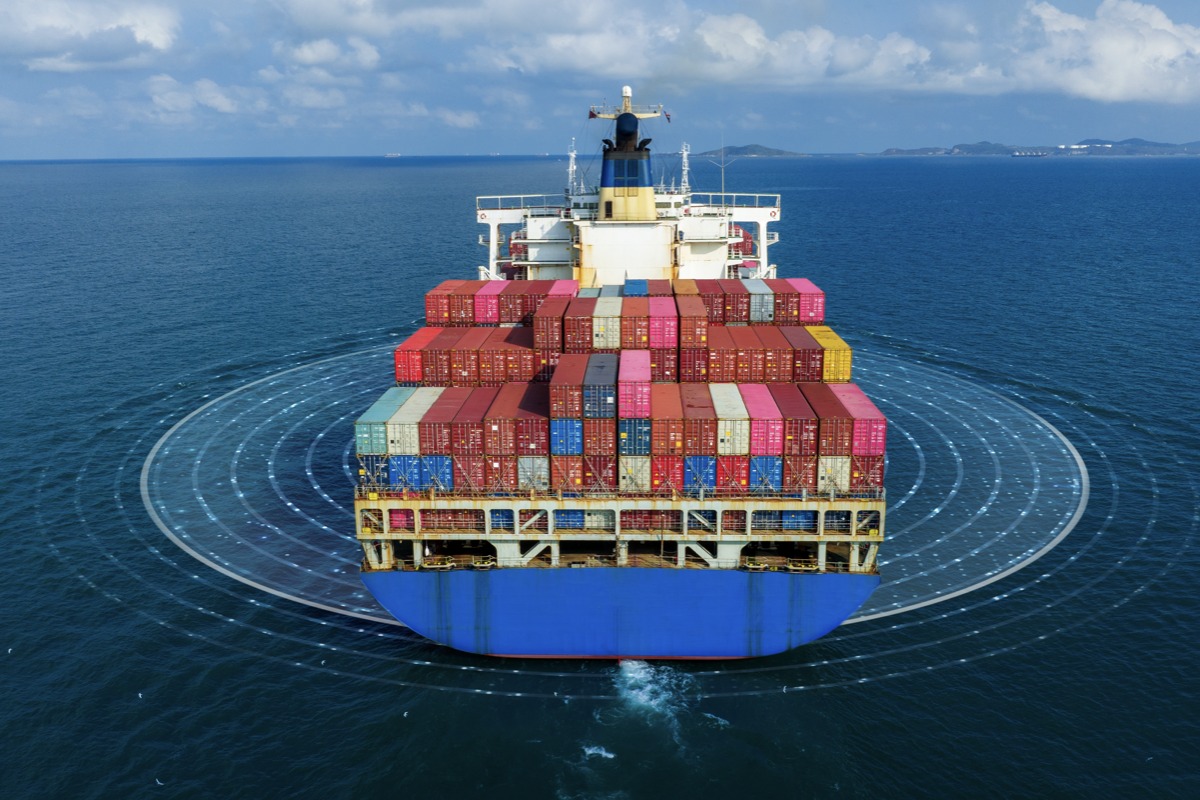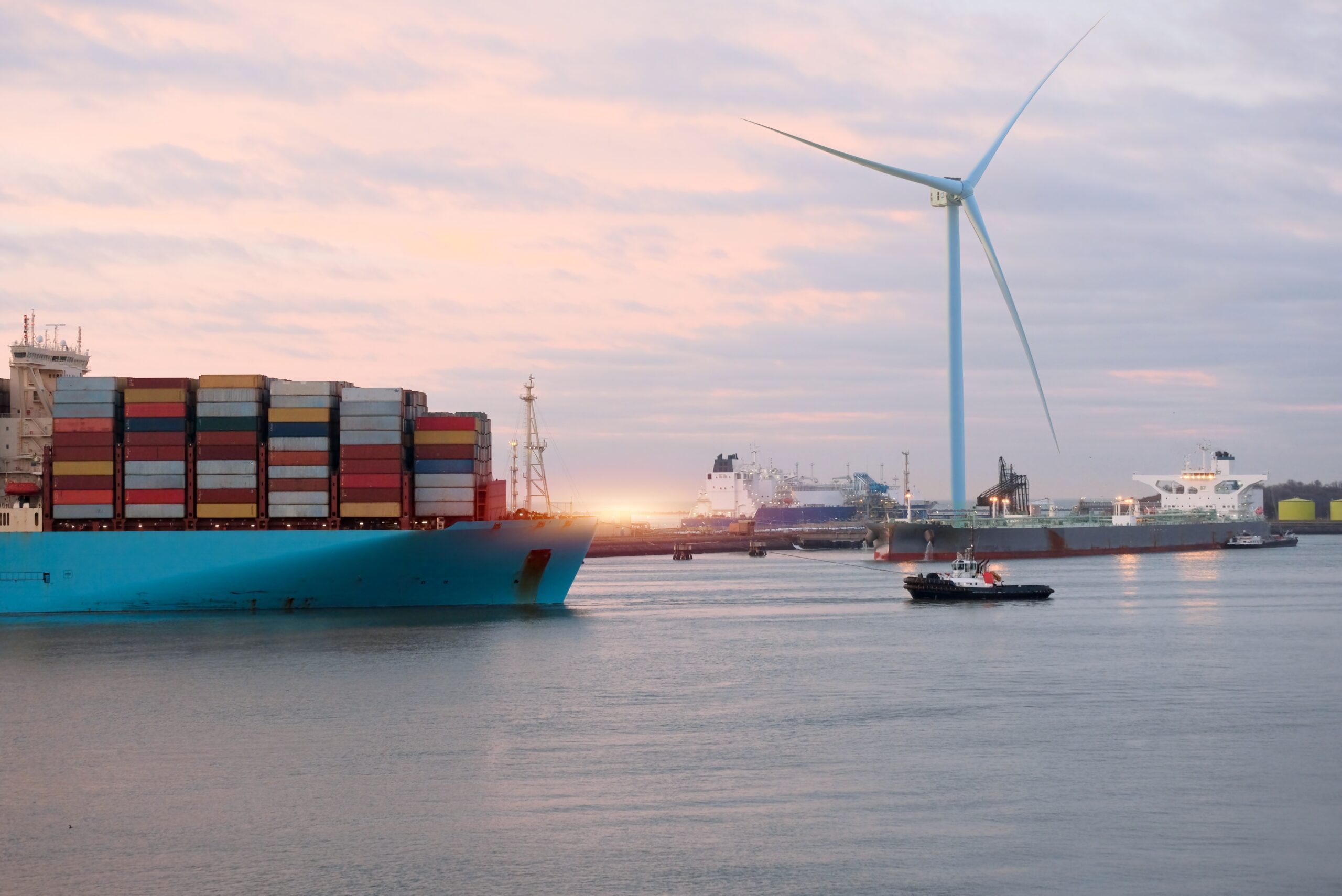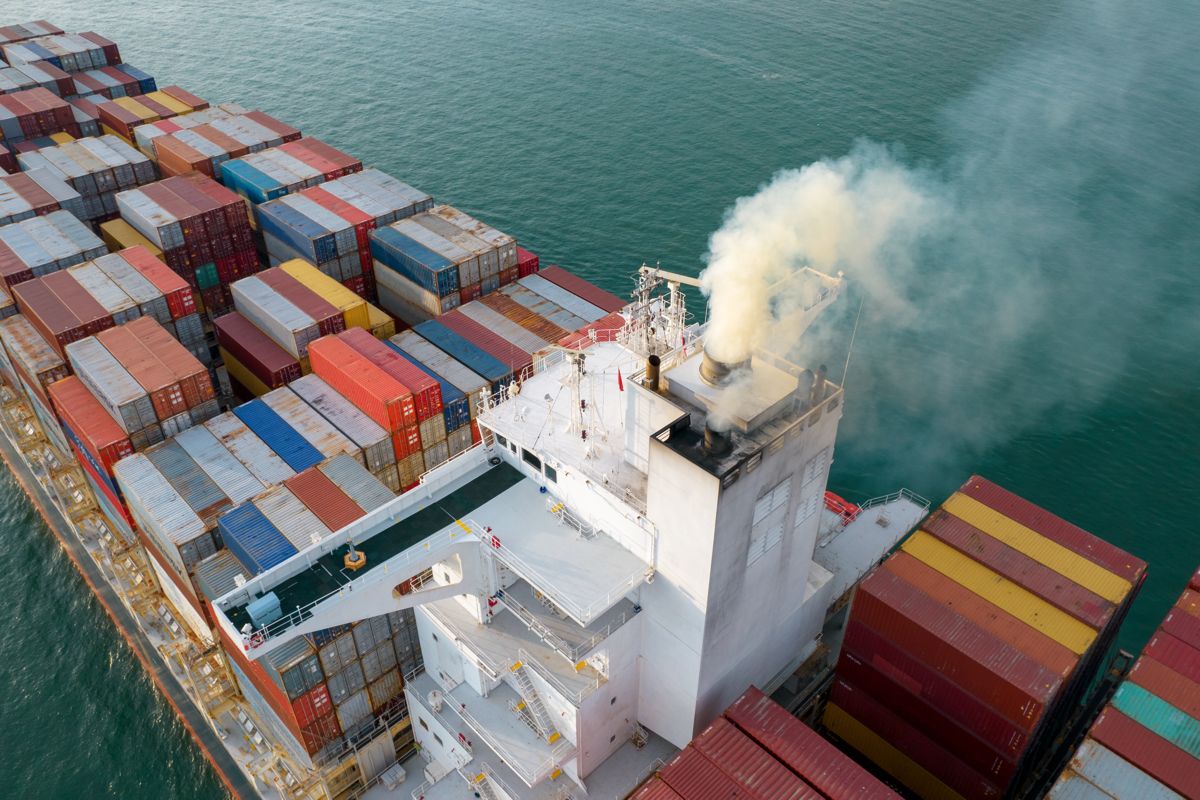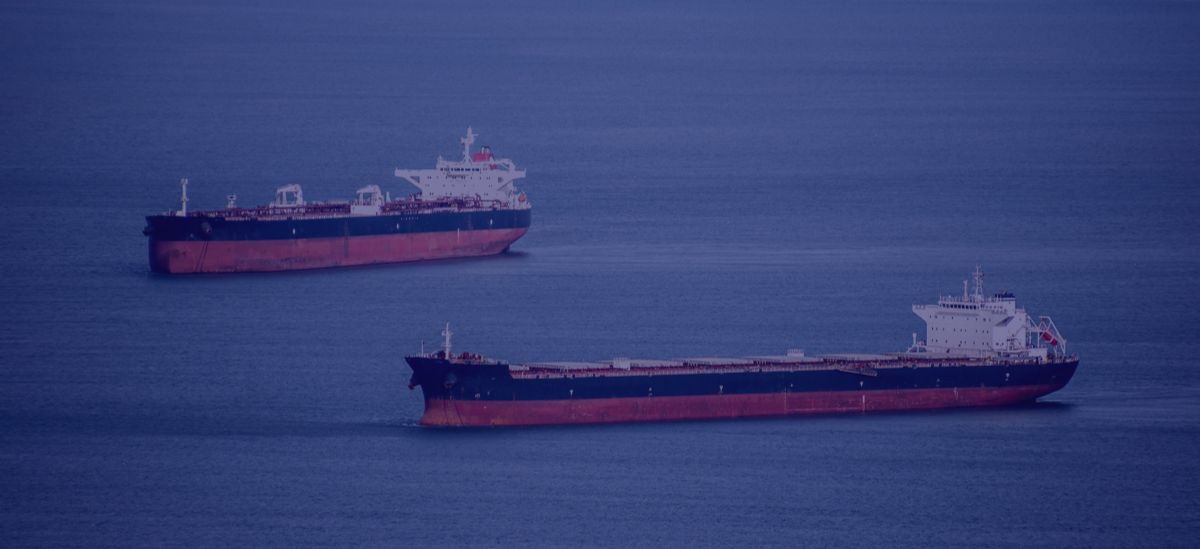As technology continues to advance, the maritime industry has seen a rise in the use of autonomous ship navigation systems. These systems, also known as maritime autonomous navigation assistants, have proven to be a game changer in improving the efficiency and safety of maritime navigation. With the ability to operate with varying degrees of human intervention, shipping autonomous navigation systems significantly reduce the risk of human error, making them an essential tool for modern-day navigation.
The Advent of Autonomous Maritime Navigation
At the onset of the 2010s, the maritime sector witnessed a significant shift known as “Maritime 4.0”. This change brought about the seamless integration of real-time data into decision-making through automation. Significant milestones in autonomous shipping emerged with the completion of the MUNIN (Maritime Unmanned Navigation) project, innovations such as “autocrossing” and “auto-docking” in various ferry applications, and projects led by ASV Global, Yara International ASA, and NYK Group. The recent upturn in successful trials of autonomous vessels has coincided with advancements in maritime situational awareness and AI-enabled computer vision, a trend expected to continue in 2024.
The future development of commercial autonomous vessel navigation systems is likely to witness significant advancements in sensor technologies, artificial intelligence, and connectivity. According to Allied Market Research, the autonomous ships market size is projected to reach $165.61 billion by 2030, registering a CAGR of 6.8% from 2020 to 2030, leading to increased efficiency and reducing operational costs by up to 40%. That’s not just a drop in the ocean; it’s an economic tsunami for global trade. Shipping companies are now pivoting their strategies towards integrating these technological advancements with an increasing focus on regulatory frameworks, environmental sustainability, and economic considerations, as well as a gradual move towards autonomous fleets and human-machine collaborations.
Achieving Safe and Reliable Autonomous Navigation
Shipping autonomous navigation systems rely on cutting-edge technologies, particularly a robust AI system intertwined with GPS, radars, and sonars for a comprehensive understanding of the ship’s surroundings. Think of this as the vessel’s very own high-tech interpreter, translating various signals and data into a clear picture of the maritime environment. These intelligent systems continuously learn and evolve, employing machine learning models that refine their capabilities with each voyage, similar to a seasoned sailor improving over time with every journey.
Achieving varying degrees of autonomous navigation in shipping holds incredible potential but also comes with complex challenges, especially in this relatively new maritime field. Recognizing and understanding these challenges is crucial for effectively integrating autonomous technologies while prioritizing safety and reliability in maritime operations.
Robust ship-to-shore connectivity
Timely data is a critical element in the functioning of autonomous navigation systems in shipping. These systems rely on high-speed communication networks, such as satellite communication and 5G, to facilitate real-time data exchange. This guarantees that autonomous vessels stay updated on weather conditions, traffic patterns, and navigational information. This allows for a birds-eye view of the entire ocean, providing a comprehensive understanding of the maritime environment to ensure dependable navigation assistance.
High-security measures
Due to the heavy reliance on digital technologies in maritime autonomous navigation, cybersecurity is crucial. Instances of GPS spoofing and cyber threats targeting navigation systems have occurred. For instance, there have been reported incidents of GPS interference in maritime regions, emphasizing the need for strong security measures to protect vessels and their cargo from potential hacking and attacks.
Cost-effectiveness
The initial investment and ongoing costs associated with retrofitting existing vessels or building new autonomous ships can be high. The return on investment and cost-effectiveness of autonomous technology is achieved by a reduction of crew size significantly (the complicated navigation-related tasks will still require human decision-making) and navigation actions that will reduce unnecessary maneuvers and speed drops – eventually leading to fuel savings.
Clear protocols for human-machine collaboration
In the maritime sector, successful collaboration between automated systems and human operators is crucial. Clear protocols defining the human role in various scenarios ensure a smooth partnership. For instance, during complex navigational tasks or emergencies, these protocols guarantee efficient collaboration, improving safety and operational effectiveness in autonomous shipping.
Transformative implications for the commercial shipping industry
The integration of autonomous navigation in commercial shipping holds transformative implications for the industry, including enhanced operational efficiency, cost savings, and improved safety. The potential for decreased labor costs, stemming from the adoption of autonomous vessels with reduced or no onboard crew, represents a significant financial incentive for these companies. Moreover, improved safety features can lead to fewer accidents and reduced liability risks, positively impacting insurance costs.
Orca AI’s automated navigational assistant (SeaPod), which was designed for continuous watchkeeping, has already proven to reduce the number of close encounter events and increase operational efficiency for various shipping companies across the globe. The solution played a key role in the first-ever autonomous commercial ship voyage in congested waters, in collaboration with Designing the Future of Full Autonomous Ships (DFFAS) and The Nippon Foundation.
Orca AI’s maritime autonomous navigation assistant, the digital lookout unit served as the “eyes” of the demonstration vessels, ensuring safe autonomous sailing supervised from shore. In the initial phase completed in 2022, an NYK cargo ship equipped with Orca AI’s SeaPod replaced the human lookout, achieving 40 hours of 98% autonomous navigation between Tokyo Bay and the port of Tsumatsusaka in Ise Bay. Data from the integrated display was live-streamed to the fleet operations center in Tokyo, showing the ship’s performance of 107 collision avoidance maneuvers and avoidance of up to 500 other vessels en route. The project provided practical experience in developing reliable autonomous technologies and positioned Orca AI as a notable player in the field.
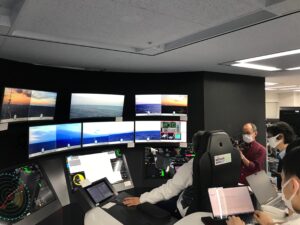
Monitoring the autonomous vessel’s journey from a shore-based control center
Embracing the Future of Maritime Navigation
As the maritime sector grapples with environmental sustainability challenges, autonomous navigation offers a means to achieve fuel efficiency and align with global sustainability goals, fostering a competitive edge for companies embracing these technologies. Navigating the regulatory landscape, investing in technological integration, and addressing workforce transition are critical considerations for commercial shipping companies looking to leverage the benefits of autonomous navigation and position themselves strategically in the evolving maritime market.
Achieving a full automation of navigation requires ongoing collaboration and partnerships within the industry, and even redefining the partnership between man and machine, which emerges as the backbone of this new maritime reality. Incorporating autonomous navigation into fleets can position shipping companies for a more efficient and sustainable future, aiding in competitiveness and adaptation to evolving trends in maritime transportation.
We should remember that transitioning from human-based decision-making to AI-guided insights necessitates careful regulation for the safety of autonomous navigation. It’s a slow and gradual build in a very traditional industry with a lot of regulation. This transformation is a gradual process within the highly traditional and heavily regulated maritime industry. The strategy involves a step-by-step introduction of the system and automation among ship crews, ultimately leading to full autonomy. Rigorous testing and clear protocols are essential to ensure these systems work as intended. Despite these challenges, the decision to adopt autonomous technology has practical advantages in competitiveness and adaptability, underscoring its importance in the ongoing evolution of the maritime industry.





